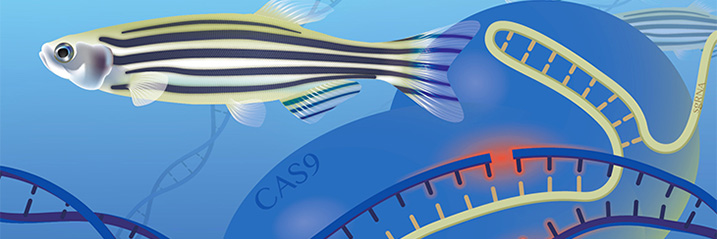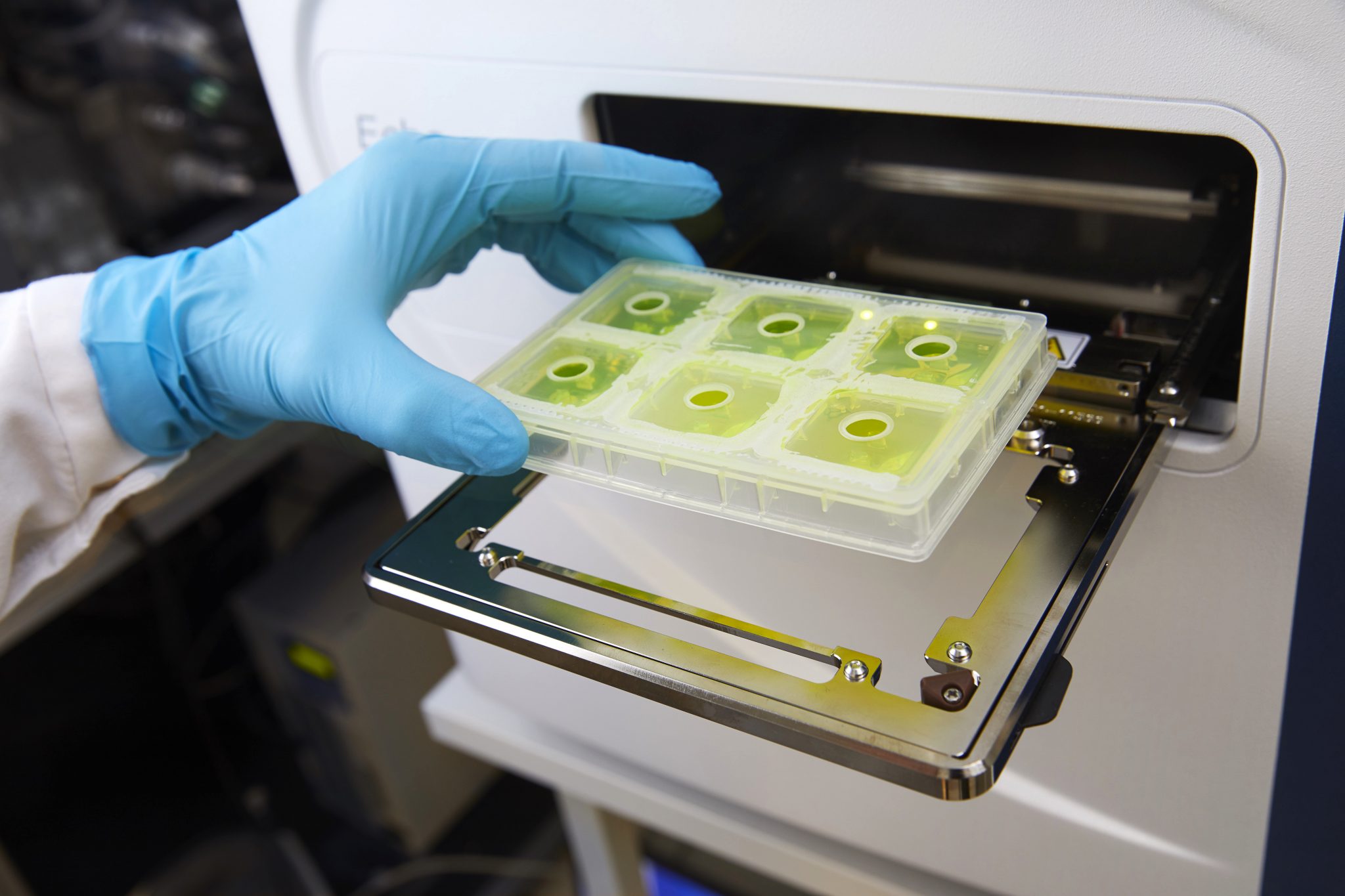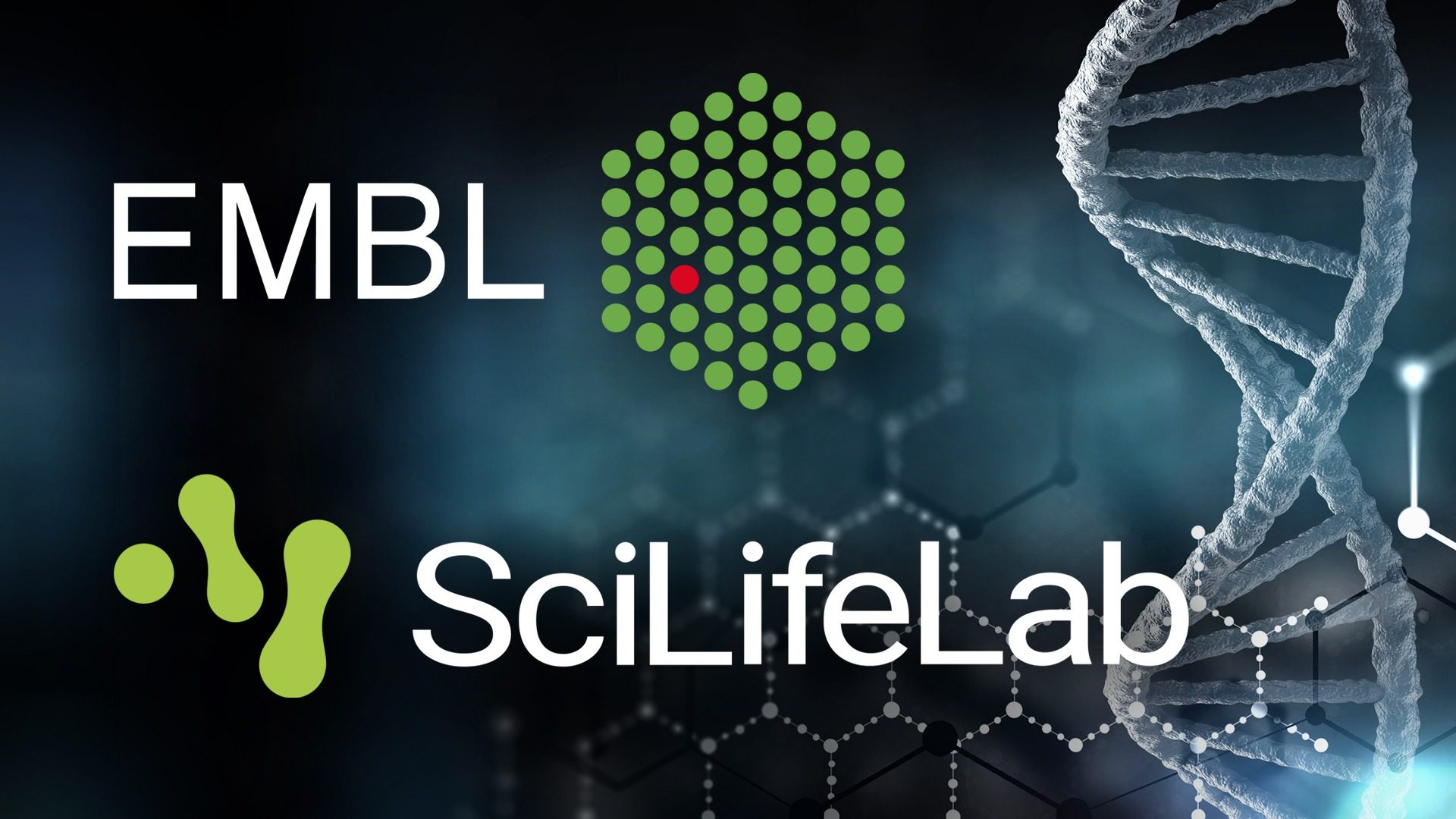New zebrafish CRISPR/Cas9 technology available at SciLifeLab
Darryl Leja, NHGRI
The zebrafish unit at SciLifeLab has participated in the development of a high-throughput gene targeting method in zebrafish, presented in the July issue of Genome Research. The technology is now offered as a service for Swedish researchers.
The Genome Research article presents a high-throughput targeted mutagenesis pipeline using CRISPR/Cas9 technology in zebrafish. This method is designed to discover gene function and validate candidate genomic sequences involved in human disease. The advantage of the method, compared to targeted mutation experiments in the mouse model system, is cost-efficient gene knock-out in large scale. It also gives the possibility to target multiple genes in one experiment and thereby to relatively easy investigate the combined effect of several genes in a particular context.
The SciLifeLab zebrafish unit has participated in the development of the method at the National Human Genome Research Institute (NHGRI), a part of the National Institutes of Health, USA. The method is now implemented at the SciLifeLab zebrafish unit in Uppsala and zebrafish lines for more than 50 genomic targets for users from different Swedish universities are currently under production.
Read the scientific article in Genome Research
Gaurav K. Varshney, Wuhong Pei, Matthew C. LaFave, Jennifer Idol, Lisha Xu, Viviana Gallardo, Blake Carrington, Kevin Bishop, MaryPat Jones, Mingyu Li, Ursula Harper, Sunny C. Huang, Anupam Prakash, Wenbiao Chen, Raman Sood, Johan Ledin, Shawn M. Burgess. High-throughput gene targeting and phenotyping in zebrafish using CRISPR/Cas9. Genome Research, 2015; DOI:10.1101/gr.186379.114
Read more about the unit on the SciLifeLab zebrafish unit website





